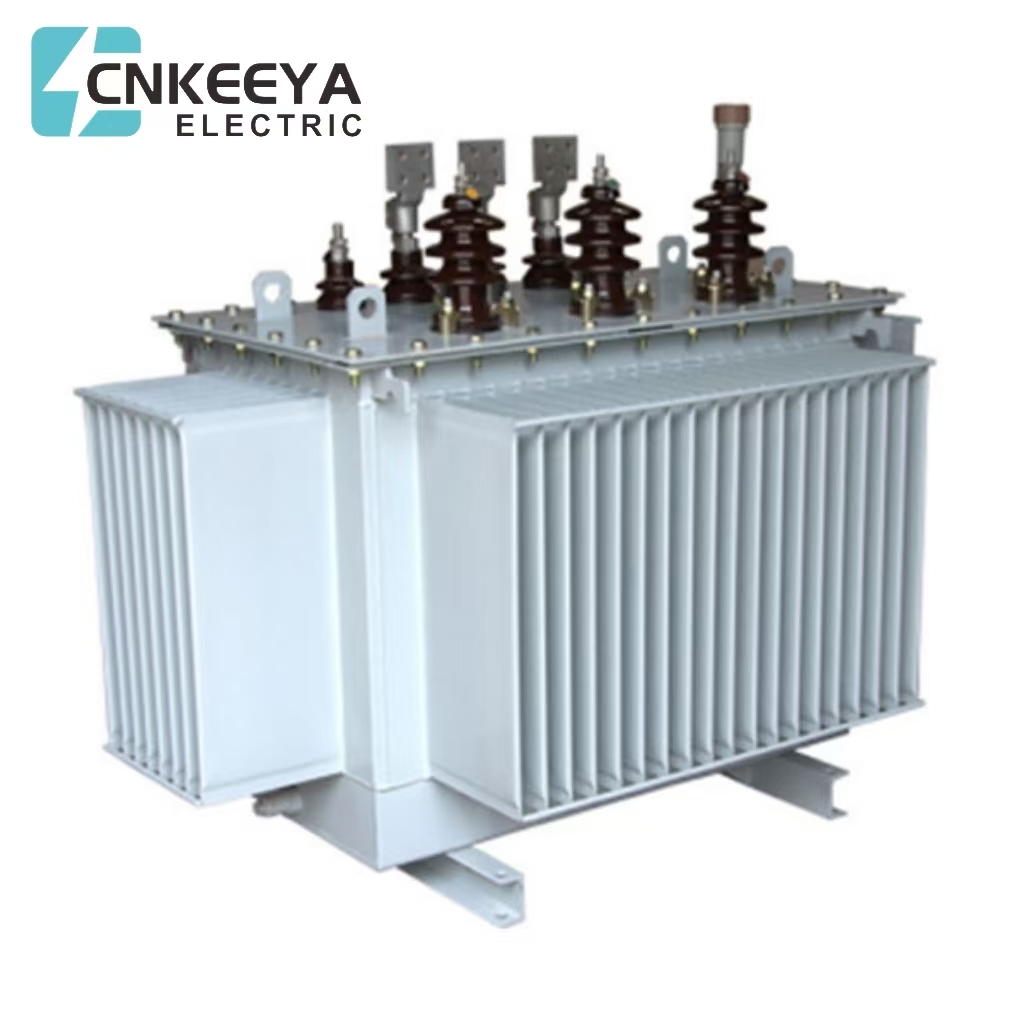
There are many types of transformers, such as dry-type transformers, oil-immersed transformers, etc. So what is the difference between these two transformers?

First of all, their appearance is different.
The oil-immersed transformer is fully encapsulated and has a complete shell, while the dry-type transformer can directly see the internal parts structure.
The casing materials of the two are also different.
The main lead material used in dry-type transformers is silicone rubber.
Oil-immersed transformers cannot use silicone rubber due to oily substances, and mostly use porcelain leads.
Their scope of use is also different.
The capacity of dry-type transformers is relatively small, and the capacity range of oil-immersed transformers is wider, and they can also be used for high-voltage construction.
Their insulation methods are also different.
The insulation method used by dry-type transformers is resin insulation, which relies on air cooling for heat dissipation.
Due to the different insulation methods, their heat dissipation methods are also different.
Oil-immersed transformers rely on oily substances for insulation and heat dissipation.
These two methods have their own advantages and disadvantages.
Their places of use are also different.
Dry-type transformers are generally used in indoor places.
Dry-type transformers are generally used in various buildings, and oil-immersed transformers are mostly used in outdoor places.